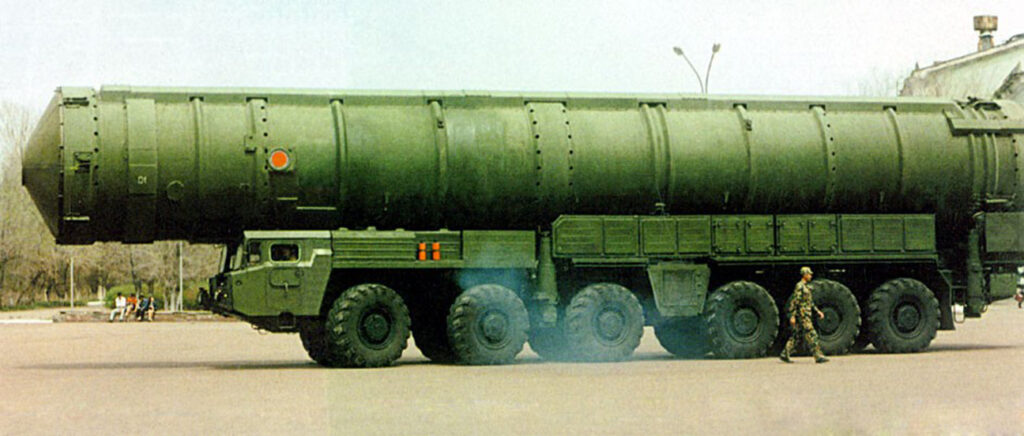China successfully launched an intercontinental ballistic missile (ICBM) into the Pacific Ocean on Wednesday, in a rare move that has heightened global concerns about its growing nuclear arsenal. The People’s Liberation Army (PLA) Rocket Force conducted the test at 8:44 a.m. Beijing time, launching a dummy warhead into the sea as part of what the Chinese defense ministry described as a “routine annual training exercise.” The test is seen as a demonstration of China’s advancing nuclear capabilities amid increasing geopolitical tensions.
The Chinese defense ministry emphasized that the missile test was not aimed at any specific country, and China had notified concerned nations, including the United States, ahead of the launch. A Pentagon spokesperson confirmed this, calling it “a step in the right direction” towards reducing risks of misinterpretation or accidental escalation. Despite the notification, the specifics of the missile’s trajectory or its impact zone in the Pacific Ocean were not publicly disclosed.
Chinese state media, Xinhua, reported that the missile test was designed to evaluate the performance of weapons systems and the training level of PLA troops, and that the exercise met all expected goals. While China typically tests missiles in remote inland regions such as Inner Mongolia, this launch into the Pacific is seen as a more assertive display of power. The test prompted the Japanese Coast Guard to issue a navigation warning for “space debris” in areas of the South China Sea and the Pacific Ocean north of the Philippines, coinciding with the reported missile launch.
The test comes at a time when the PLA Rocket Force is undergoing significant modernization, part of China’s broader military expansion aimed at countering U.S. missile defenses and strengthening its strategic deterrence. Security analysts have noted that the launch likely involved road-mobile missiles, indicating China’s increasing reliance on advanced long-range systems that can be deployed quickly. This follows the recent corruption scandals within the PLA Rocket Force, making it crucial for China to project strength and continuity at its highest military levels.
Alexander Neill, a Singapore-based security analyst, suggested that the missile launch serves both as a message of China’s operational readiness and as part of its diplomatic engagement with the U.S. He pointed out that China has been trying to maintain a delicate balance of engaging with the U.S. while simultaneously warning it of China’s capabilities.
Despite this, the Pentagon remains concerned about China’s rapid nuclear build-up, which it says exceeds what would be required for “minimum deterrence.” The U.S. has called for more transparency and substantive engagement on China’s nuclear expansion. Pentagon estimates indicate that China currently has over 500 operational nuclear warheads, with approximately 350 of them mounted on ICBMs. The U.S. expects China’s arsenal to surpass 1,000 warheads by 2030, as the country continues to build hundreds of new missile silos for its land-based nuclear weapons.
While China maintains its “no first use” nuclear weapons policy, analysts note that the country is building a triad of land, sea, and air-based nuclear forces, positioning it alongside major nuclear powers like the U.S. and Russia. China, however, has suspended nuclear talks with the U.S. since July, in protest of American arms sales to Taiwan.
Taiwan, which China considers part of its territory, has also been monitoring increasing Chinese military activities around the island. Taiwan’s defense ministry reported detecting 23 Chinese aircraft, including J-16 fighter jets and drones, operating near Taiwan. These flights, along with Chinese missile drills in recent weeks, have added to the tension between the two nations, with Taiwan sending its own air and naval forces to monitor Chinese military movements.
As China continues to expand its nuclear arsenal and modernize its military, concerns are growing over the potential for increased instability in the region, particularly regarding Taiwan and the broader Pacific. The missile test, while presented as routine, serves as a reminder of China’s ambitions to solidify its role as a dominant global power and challenge the existing international security framework.



